Stephen Mihm: The atomic bomb set the stage for the college funding fight
Published in Op Eds
In recent weeks, the nation’s most selective universities have been waking up to a new reality: the billions of dollars in federal funding that have long sustained them now come with strings attached. The Trump administration has put Columbia, Harvard, and Princeton on notice, threatening to withhold research funds unless they accede to political demands.
How did the nation’s elite research universities end up in such an exquisitely vulnerable position? While some blame “woke” campus culture, the roots of this clash go back some 80-plus years, when the U.S. first called on scientists for the Manhattan Project to build the atomic bomb. That historical moment paved the way for unprecedented federal aid — yet also set schools up for the current crisis.
For much of the nation’s history, academic scientists and the federal government had little to do with one another. Congress showed minimal interest in supporting research at universities. “Prior to 1940,” writes historian Daniel Greenberg, “not only was there a mutual aloofness between the federal government and the most influential and creative segments of the scientific community, but there were strong feelings on both sides that the separation was desirable.”
Even modest engagement with the federal government stirred controversy. When President Franklin D. Roosevelt created a Scientific Advisory Board in 1933, it struck some researchers as an unseemly entanglement. Edgar Bright Wilson, a chemistry professor at Harvard, warned that the Board would “take away the independence of scientific men.”
Vannevar Bush had other ideas. A brilliant electrical engineer and polymath, Bush had served as the vice president of MIT before becoming president of the Carnegie Institution in 1933. He was probably the most well-connected scientist in the country. He knew what was going on in university laboratories but also had close ties to the military, the White House and other branches of the federal government.
As World War II broke out in Europe, Bush began a remarkable behind-the-scenes campaign to enlist scientists to prepare for war. “I was located in Washington, I knew government, and I knew the ropes,” he would later recall. “And I could see that the United States was asleep on the technical end.” He enlisted close allies: James Conant, Harvard president; Karl Taylor Compton, MIT president; and other high-placed academic administrators.
Bush and his allies lobbied President Roosevelt to create a new Office of Scientific Research and Development, or OSRD. Controlled by Bush and other civilian scientists, it nonetheless reported directly to Roosevelt and worked on military objectives, even though it was free of military control. The funds that flowed through this new agency did not go to the military; rather, they went to university researchers.
As Greenberg notes: “For the first time in the nation’s history, substantial federal funds were going to university laboratories.” Bush wasted no time in setting them to work on a project of national importance: building the bomb and anything else that might help the U.S. win what many believed to be an inevitable clash with Germany and Japan.
Watching Christopher Nolan’s Oppenheimer, you could be forgiven for thinking that Los Alamos was a military facility. In reality, the academics who agreed to set up shop there only did so after it was turned into a civilian operation largely independent of military control, despite the presence of General Leslie Groves. On paper, if not in practice, Los Alamos was a research outpost of the University of California.
Three universities played a role in building the bomb: UC Berkeley’s Radiation Laboratory, aka the “Rad Lab”; Columbia’s Special Alloyed Materials Laboratory; and the University of Chicago’s Metallurgical “Met” Lab.
Other university facilities got smaller pieces of the nuclear pie, along with contracts to develop other weapons and defenses. MIT’s own Rad Lab, for example, played a critical role in developing microwave radar. But building the atomic bomb overshadowed these other contributions.
When scientists witnessed the detonation of the first bomb — the so-called Trinity Test that took place on July 16, 1945 — they were shocked and awed by what they had unleashed. But these same scientists also drew a practical lesson as they went back to their respective universities: Taxpayer money, generously applied, could generate staggering scientific advances.
In 1945, Bush published Science: The Endless Frontier, which argued for massive government investment in research that would take place within the nation’s top universities. “I realized that science would fall flat on its face after the war if the government didn’t keep up its support,” he later recalled. For the next decade, Bush and his allies — most of them alumni of the Manhattan Project — began building agencies that would deliver this vision.
It took well over a decade to see results, but the creation of the National Science Foundation, the National Institutes of Health and other parts of a new federal bureaucracy would make the nation’s research universities the envy of the world. Under this system, Congress allocated funds for basic research, but scientists largely determined how that money would be spent.
In 1953, the federal government spent $15.72 billion (in 2022 dollars) on non-defense scientific research and development, with much of it flowing to universities. By 1968, that number reached $102.91 billion, and by 2022, $190.93 billion. This research support has enabled the nation’s top universities to thrive because the funding underwrites the direct costs of research and the larger indirect expenses associated with keeping a university running.
This entire system, though, has made every major research university dangerously dependent on federal funding. President Donald Trump, who has built a career on exploiting the weakness of his adversaries, apparently grasped this reality before the universities did. He understood that if you can find a way to freeze funding, even the wealthiest, most generously endowed private universities cannot function without sustaining grievous losses.
As a consequence, Harvard and its peers are in a no-win situation: they can bow to Trump’s demands, which will intensify no matter how much they do to placate the president. Or they can cut themselves off from the funds that have sustained their rise to greatness.
Either way, though, they should understand that their predicament is less about DEI programs or campus clashes than a decades-long dependence born at the dawn of the atomic age.
_____
This column does not necessarily reflect the opinion of the editorial board or Bloomberg LP and its owners.
Stephen Mihm, a professor of history at the University of Georgia, is coauthor of “Crisis Economics: A Crash Course in the Future of Finance.”
_____
©2025 Bloomberg L.P. Visit bloomberg.com/opinion. Distributed by Tribune Content Agency, LLC.


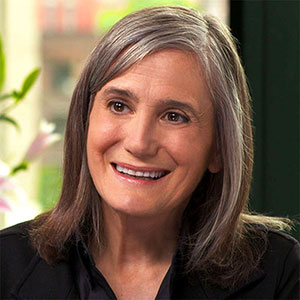
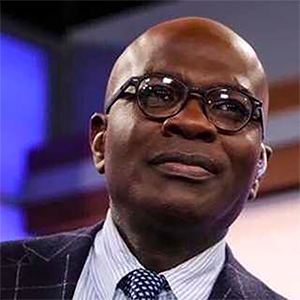
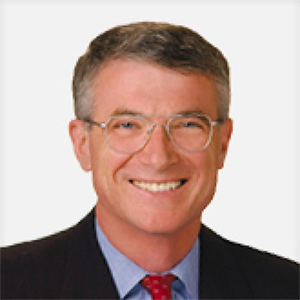
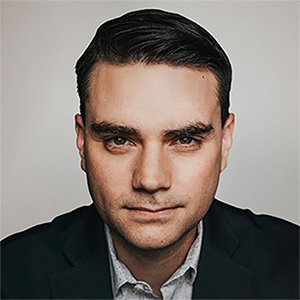

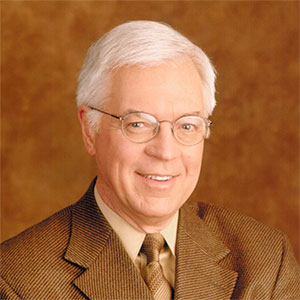

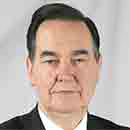

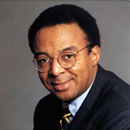



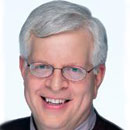
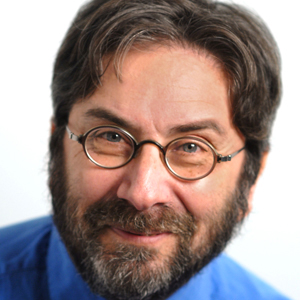

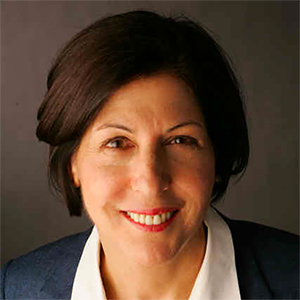
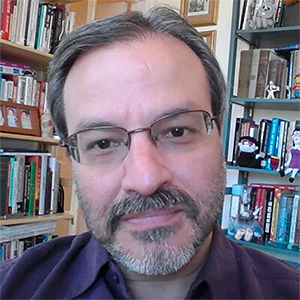

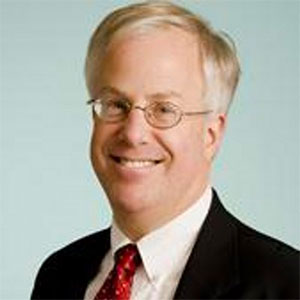

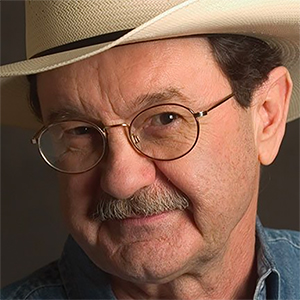
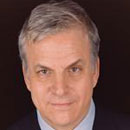
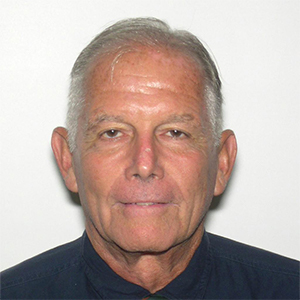
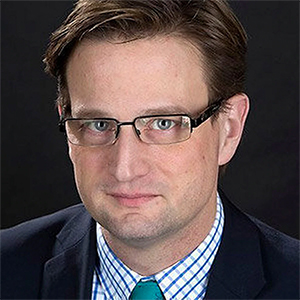
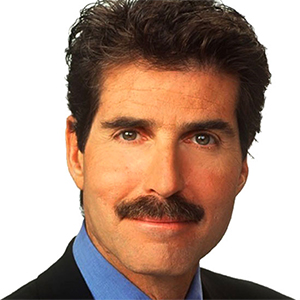
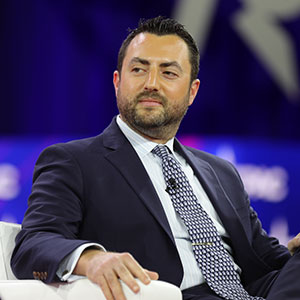
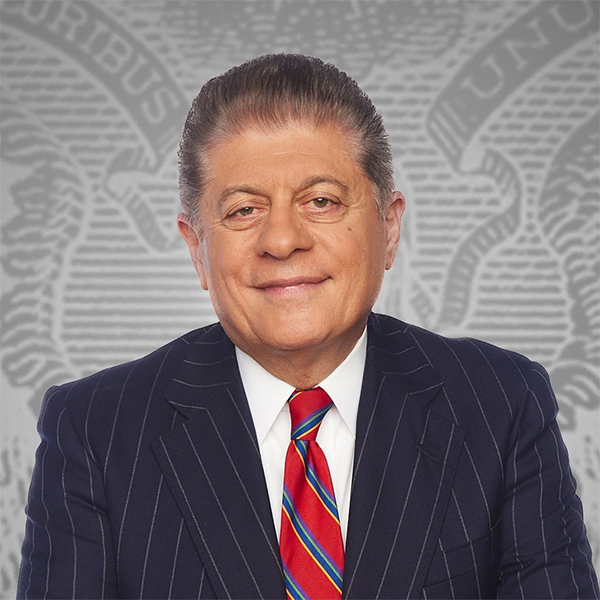


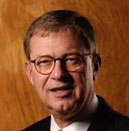
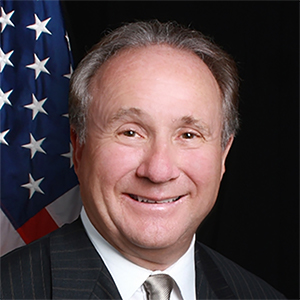

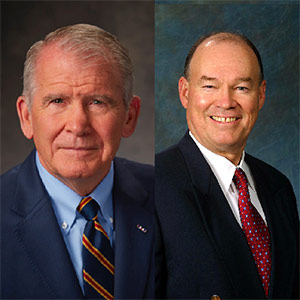
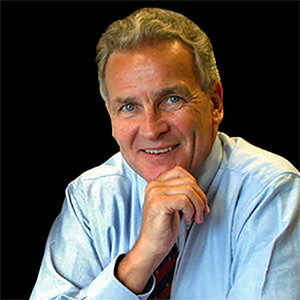

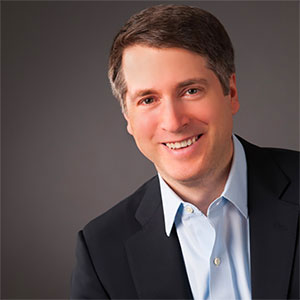
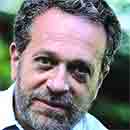
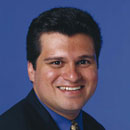
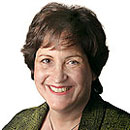



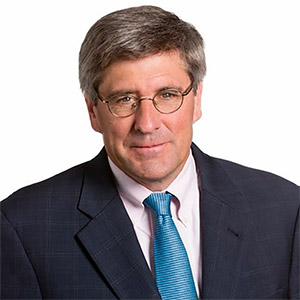

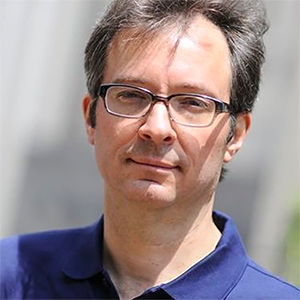
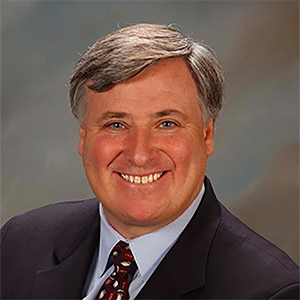




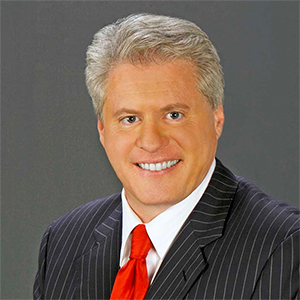
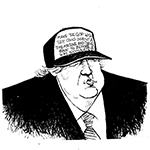
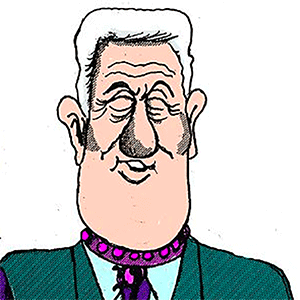
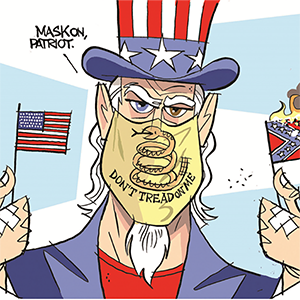
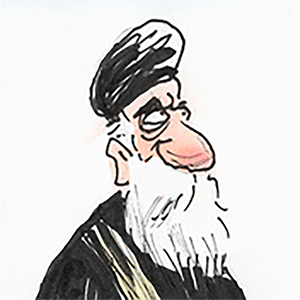


Comments